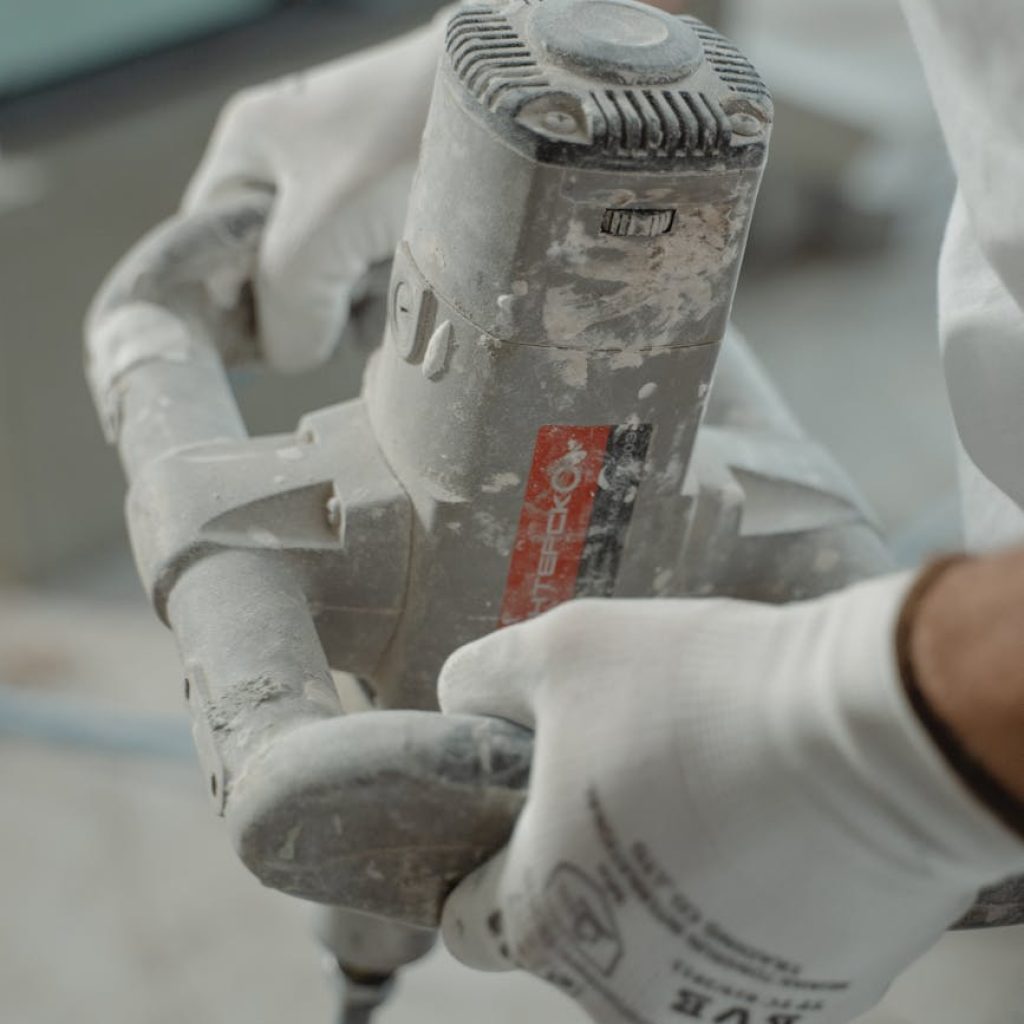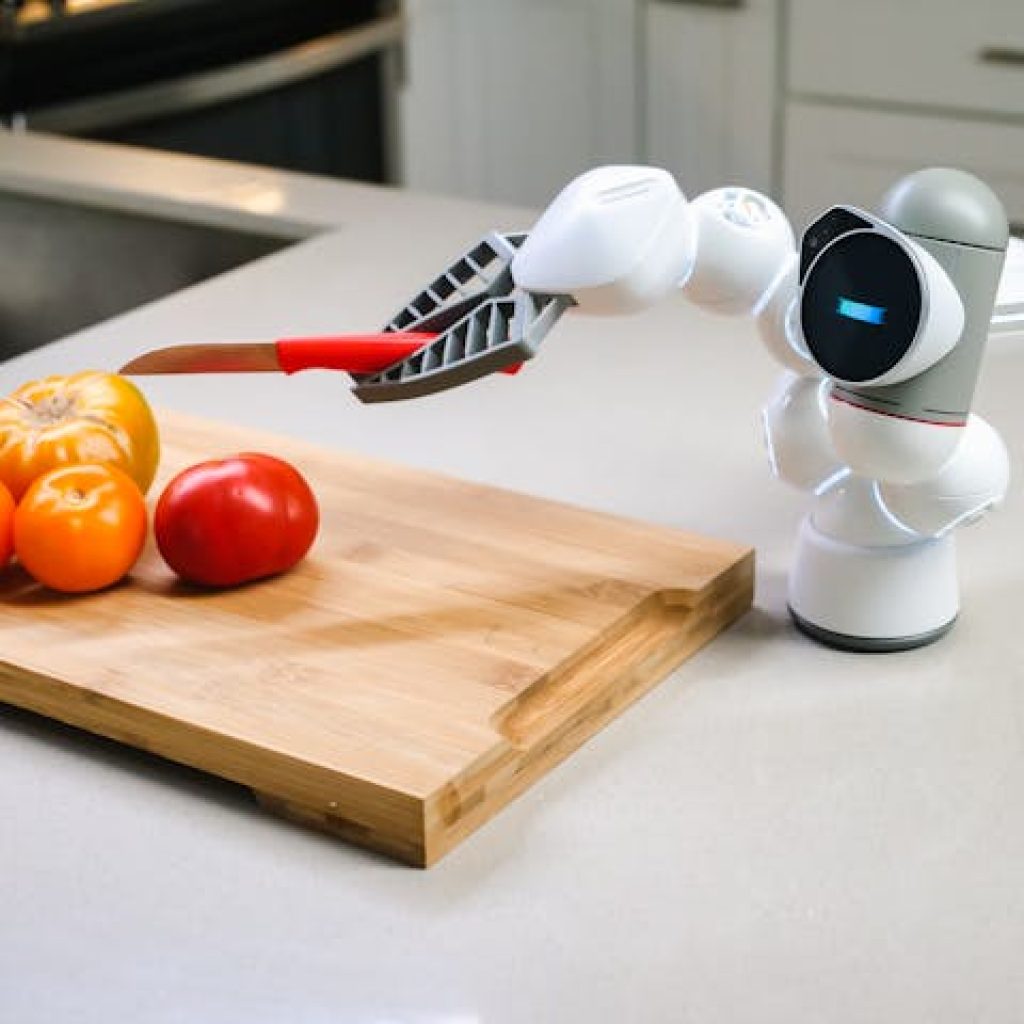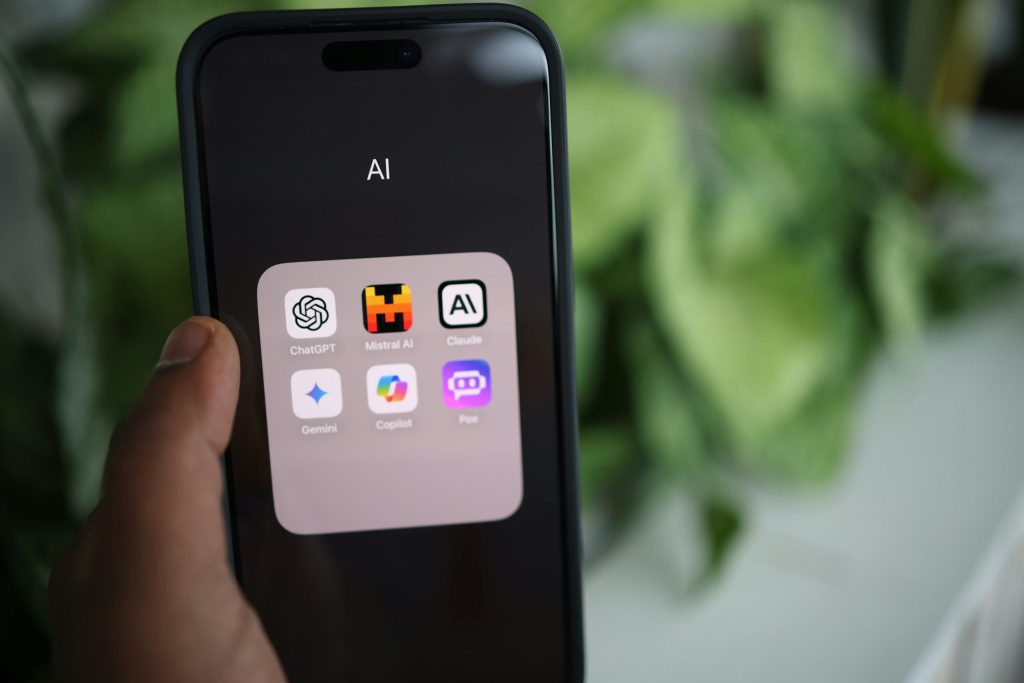Effortless Second Brain: Build a Smarter Mind with Free Tools
In today’s fast-paced world, staying on top of information, tasks, and ideas can feel overwhelming. Enter the concept of a “second brain”—a digital repository that acts as an extension of your mind, helping you organize, store, and retrieve knowledge effortlessly. With the right tools and strategies, you can build a smarter mind, boost productivity, and unlock new levels of creativity. The best part? You don’t need to spend a fortune. Let’s dive into how you can create an effortless second brain using free tools and some clever automation.
—
What is a Second Brain?

A second brain is essentially a digital system where you store and organize information, ideas, and insights. It’s like having a personal knowledge base that you can draw from whenever you need to make decisions, solve problems, or spark creativity. The idea gained traction thanks to Tiago Forte’s blog, where he outlined how a second brain can help people manage the overload of information in the digital age.
Think of it as a notes system on steroids. Instead of scattered sticky notes, random bookmarks, and forgotten thoughts, your second brain is a structured, searchable database that grows smarter over time. With AI-powered tools and automation, it becomes even more intuitive, helping you connect dots and find patterns you might have missed.
—
How to Build Your Second Brain with Free Tools
Building a second brain is easier than you might think, and you don’t need expensive software. Here are some free tools and strategies to get started:
1. Choose a Digital Note-Taking App
The heart of your second brain is a note-taking app. These apps allow you to write, organize, and search through your notes. Some of the best free options include:
– Notion: A versatile all-in-one workspace that lets you create notes, databases, calendars, and even websites. Its free plan is surprisingly powerful.
– Evernote: A classic note-taking app with excellent search capabilities and organization features. The free version is great for casual users.
– Roam Research: A minimalist app designed specifically for building a second brain. While the full version is paid, the free tier is still useful for smaller systems.
– Obsidian: A markdown-based note-taking app that’s free and highly customizable. It’s a favorite among power users.
2. Create a Simple Framework
Once you’ve chosen your app, it’s time to set up a basic structure. Start with a few core categories, such as:
– Notes: For quick ideas and observations.
– Projects: For ongoing tasks or goals.
– Resources: For bookmarks, articles, and links.
– Archive: For older notes that you don’t need immediate access to.
The key is to keep it simple. Overcomplicating your system early on can lead to overwhelm.
3. Use Tags for Easy Search
Tags are a game-changer when it comes to organizing your second brain. Instead of relying on folders, use keywords to label your notes. For example, you might use tags like “productivity,” “AI,” or “goal-setting” to categorize your content. This makes it easy to search and cross-reference ideas later.
—
The Role of AI in Your Second Brain
AI is revolutionizing how we build and interact with our second brains. Free tools like AI-powered apps and gadgets are making it easier than ever to automate repetitive tasks, generate insights, and even create content. Here’s how you can leverage AI:
1. Automate Note-Taking with AI
AI-powered apps can help you generate and organize notes automatically. For example:
– Otter.ai: This app offers AI-powered transcription, allowing you to turn meetings, interviews, or even voice memos into written notes instantly.
– Descript: A transcription and audio editing tool that can help you extract key insights from podcasts, lectures, or videos.
2. Summarize Long Content
If you’re struggling to process long articles or PDFs, AI can help. Tools like SummarizeBot or QuillBot can condense complex content into concise summaries, saving you time and mental energy.
3. Generate Content with AI
AI can even help you write and brainstorm. For example, you can use ChatGPT or Bard (Google’s AI chatbot) to generate ideas, outline articles, or draft responses. These tools are free to use and can be integrated into your second brain workflow.
—
Gadgets and Apps to Supercharge Your Productivity
While your second brain is primarily digital, there are some gadgets and apps that can make the process smoother. Here are a few recommendations:
1. Smart Notebooks and Pens
Devices like the Rocketbook or Wacom SmartPad allow you to write physical notes while automatically digitizing them. These gadgets are perfect for people who prefer handwriting but still want the convenience of a digital system.
2. Voice Assistants
Tools like Siri, Google Assistant, or Alexa can help you capture quick thoughts on the go. For example, you can dictate a note to your phone and have it sync directly with your second brain app.
3. Browser Extensions
Browser extensions like Read Later or Save to Notion allow you to save articles, videos, or links directly to your second brain with just a few clicks.
—
Best Practices for Maximizing Your Second Brain
To get the most out of your second brain, keep these tips in mind:
1. Consistency is Key
The more you use your second brain, the better it gets. Make it a habit to jot down ideas, observations, and insights throughout the day.
2. Review and Reflect Regularly
Set aside time each week to review your notes. Look for connections between ideas, refine your tags, and archive anything that’s no longer relevant.
3. Leverage Automation
Use automation tools like Zapier or Make (formerly Integromat) to connect your apps and streamline your workflow. For example, you can set up a Zap to save all your tweets to Notion or Evernote automatically.
4. Experiment and Adapt
Your second brain is a personal system, and there’s no one-size-fits-all approach. Don’t be afraid to experiment with different tools and strategies until you find what works best for you.
—
Conclusion
Building a second brain is a powerful way to stay organized, think more clearly, and unlock your full potential. With free tools, AI, and a little creativity, you can create a system that evolves with you over time. Whether you’re a student, entrepreneur, or creative, having a second brain can help you make the most of your ideas and experiences.
So why wait? Start building your second brain today and discover how it can transform the way you work, think, and live.
—
Ready to unlock the full potential of your second brain? Dive deeper into the world of tech, gadgets, and productivity by exploring more articles on TechyPot.com. Your next insight is just a click away!



